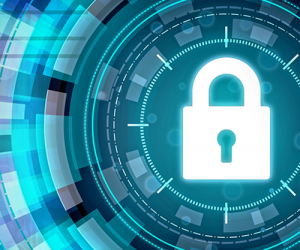 Today's organizations know that stopping 100% of cyber-attacks is not a realistic goal. Rather, the focus has shifted to cyber resilience, "the ability to anticipate, withstand, recover from, and adapt to adverse conditions, stresses, attacks, or compromises on systems that use or are enabled by cyber resources."
Today's organizations know that stopping 100% of cyber-attacks is not a realistic goal. Rather, the focus has shifted to cyber resilience, "the ability to anticipate, withstand, recover from, and adapt to adverse conditions, stresses, attacks, or compromises on systems that use or are enabled by cyber resources."
A critical pillar in becoming resilient is communication and collaboration. The Cyber EO focused on improving the nation's cybersecurity and highlighted the need to improve collaboration with threat intelligence sharing between public and private organizations as well as the creation of cross-government cyber boards. In recent months, key strides have been made in facilitating information sharing around cyber best practices, resource availability, as well as process and policy. Continue reading


 Selling into the government means abiding by a number of strict procurement rules around RFP submission, security and clearance compliance, and even buying lunch for customers. Luckily, in addition to these rules, government contractors can hone in their B2G marketing with clear, publicly available guidance on exactly the solutions government needs.
Selling into the government means abiding by a number of strict procurement rules around RFP submission, security and clearance compliance, and even buying lunch for customers. Luckily, in addition to these rules, government contractors can hone in their B2G marketing with clear, publicly available guidance on exactly the solutions government needs. Zero Trust
Zero Trust  There's no shortage of mandates and guidance related to modernization-PMA, Technology Modernization Fund, FITARA, Cyber EO, CX EO-pushing the government to update how they deliver services online, but what does it really mean, and what is involved?
There's no shortage of mandates and guidance related to modernization-PMA, Technology Modernization Fund, FITARA, Cyber EO, CX EO-pushing the government to update how they deliver services online, but what does it really mean, and what is involved? The results of the 13th FITARA scorecard, a program
The results of the 13th FITARA scorecard, a program 
